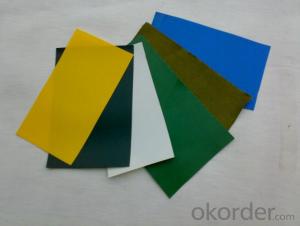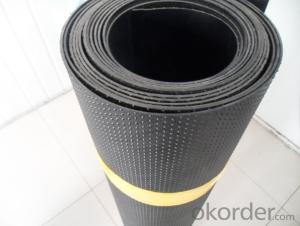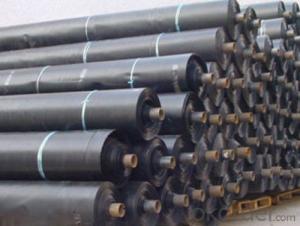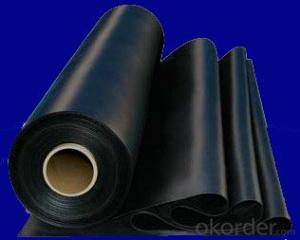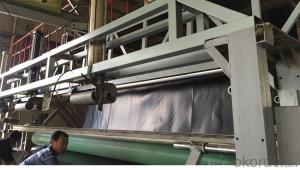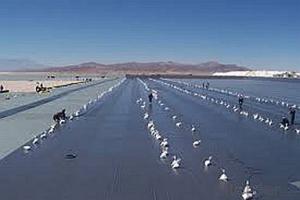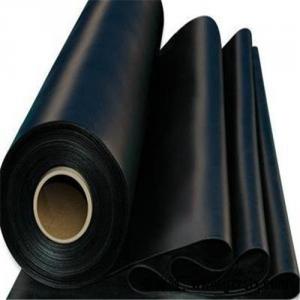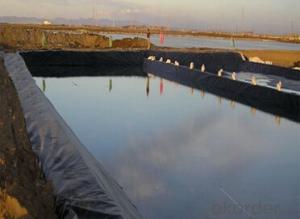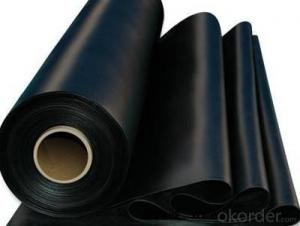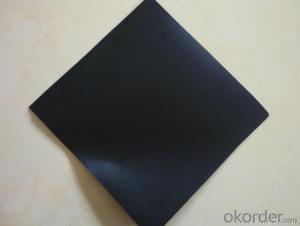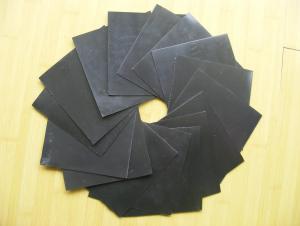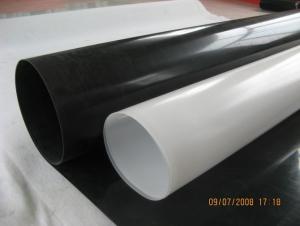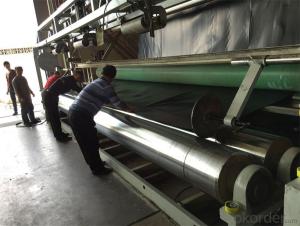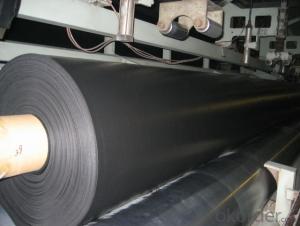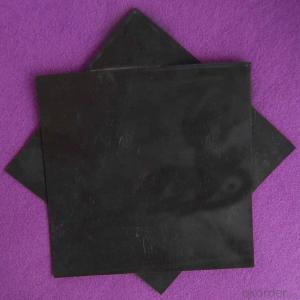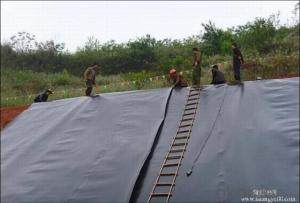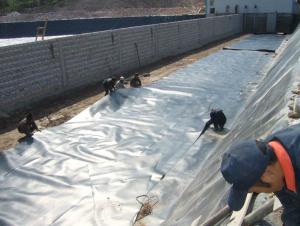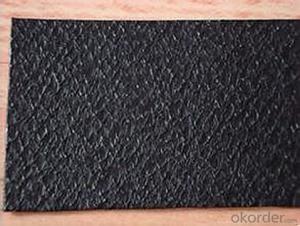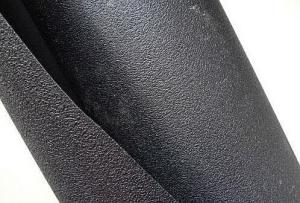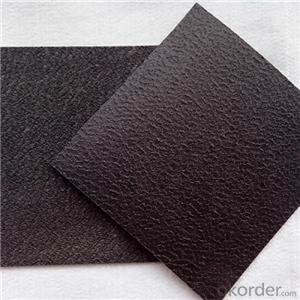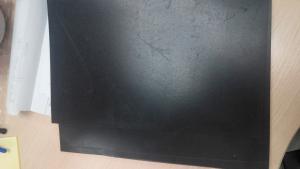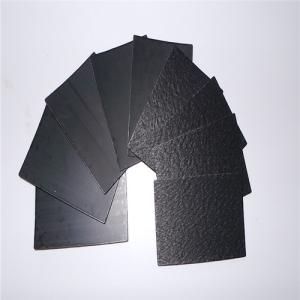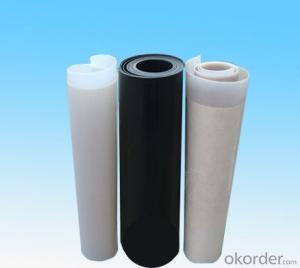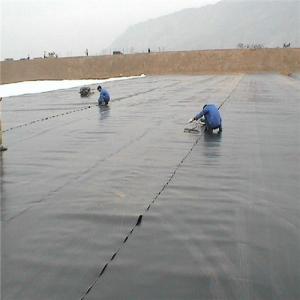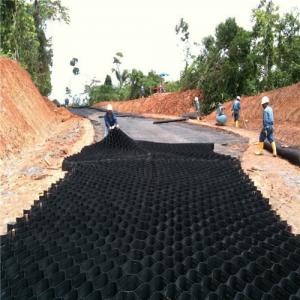Geomembrane Containment
Geomembrane Containment Related Searches
Blu Ray Player With Internet Geomembrane In Pakistan 30 Mil Pvc Geomembrane Pvc Geomembrane Specifications Pvc Geomembrane Geomembrane Machine Plastic Geomembrane Nonwoven Wallpaper Geomembrane Material Geomembrane FabricHot Searches
Geomembrane For Sale China Pvc Geomembrane China Geomembrane Roll Sheet Hdpe Geomembrane Sheet Price Hdpe Geomembrane China China Geomembrane Geomembrane China Hdpe Geomembrane Price Geomembrane Price Wholesale Hdpe Geomembrane Roll Geomembrane Factory Wholesale Liner Hdpe Geomembrane Wholesale Geomembrane Hdpe Wholesale Hdpe Geomembrane Geomembrane Market Size Wholesale Hdpe Geomembrana Wholesale Liner Geomembrane Geomembrane Liner Supplier Wholesale Geomembrane China Pvc GeomembraneGeomembrane Containment Supplier & Manufacturer from China
Okorder.com is a professional Geomembrane Containment supplier & manufacturer, offers integrated one-stop services including real-time quoting and online cargo tracking. We are funded by CNBM Group, a Fortune 500 enterprise and the largest Geomembrane Containment firm in China.Hot Products
FAQ
- Yes, geomembranes can be used for mining tailings. Geomembranes are impermeable liners or barriers that are designed to prevent leakage or contamination of soil or water. They can be used in mining operations to contain and manage tailings, which are the waste materials produced from the mining process. By using geomembranes, mining companies can effectively isolate and control the tailings, reducing the risk of environmental damage and contamination.
- Yes, geomembranes are suitable for use in fish farming tanks. They provide a durable and impermeable lining that prevents water leakage and protects the fish from contaminants. Additionally, geomembranes are resistant to UV radiation, chemicals, and biological degradation, making them an ideal choice for fish farming applications.
- nan
- 1. The environment: the place that need to be pasted with film should be bright enough. And the ligh indoors is too weak, the table lamp should be prepared so as to look the details clear. 2. To wash hands: The dust and grease on your hands should be cleaned carefully.
- Geomembranes have certain limitations when it comes to high-velocity flow conditions. Firstly, they may experience increased strain and deformation due to the force exerted by the flowing water. This can lead to potential damage, such as tearing or puncturing of the geomembrane. Additionally, geomembranes may not be able to effectively resist erosion caused by the high-velocity flow, which can result in material loss and reduced performance. Therefore, careful consideration and appropriate design measures are necessary to mitigate these limitations and ensure the successful use of geomembranes in high-velocity flow conditions.
- Yes, geomembranes can be used in stormwater management systems. They are typically used to line stormwater detention ponds, tanks, or channels to prevent the infiltration of water into the surrounding soil. By containing stormwater within the geomembrane liner, it helps to prevent contamination of groundwater and control the flow of stormwater, allowing for proper treatment and management.
- nan
- Use air heater to heat the film. And then it can be teared off directly. If there is a layer of wax on the surface of ceramic tiles, wipe the film with bean flour. The plastic film can be teared off gradually by hand, wiped by steel wool gently or teared off after heated by air heater.
- nan
- Electrothermal membrane floor heating is composed of temperature controller, connecting conducting wire, connection card, auxiliary insulation, insulation materials, electric heating film and finishing materials. The power is connected with the electrothermal film and temperature?controller by the wire, so the indoor temperature can be controlled freely between 0-35 degrees. Because the electrothermal?film is pure resistance circuit, the electric energy can be transformed into heat energy with high efficiency, it can release the heat and generate far infrared waves, which are beneficial to the human body. Electrothermal membrane heating is one of the advanced heating methods in the world. It is a new type of heating method, which is based on the infrared radiation to transfer the heat. The main body of low temperature radiation heating system: The electrothermal?film is a kind of semitransparent polyester?film which can be heated by electricity. it has high pressure resistance, humidity resistance, wide temperature range, high toughness, low shrinkage rate, safe operation, easy storage and transportation and other excellent performance.
- Geomembranes are specifically designed to perform well in high temperature liquid containment applications. They have excellent heat resistance properties, which enable them to withstand elevated temperatures without compromising their structural integrity or functional performance. These geomembranes are typically made from materials such as polyethylene, polypropylene, or PVC, which have high melting points and can remain stable even under extreme heat conditions. Additionally, they are engineered to provide excellent chemical resistance, preventing any potential damage or degradation caused by the high-temperature liquids they are designed to contain. Overall, geomembranes are highly reliable and effective in maintaining liquid containment at elevated temperatures.










